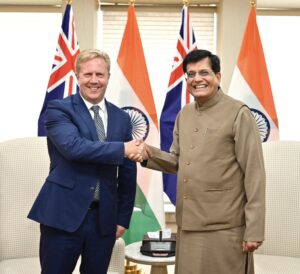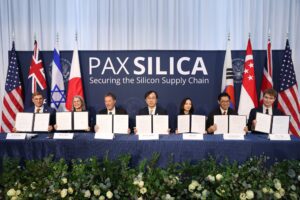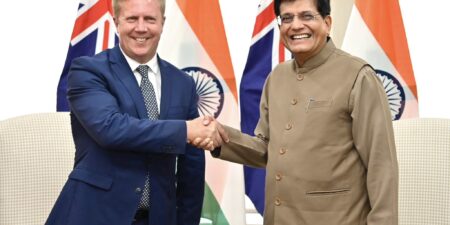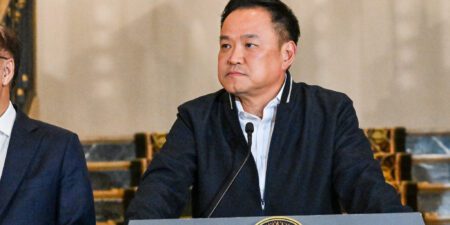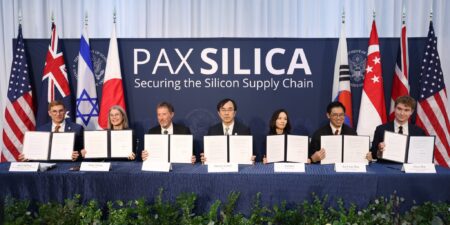
Thailand Tariff Tracker | June 24, 2025
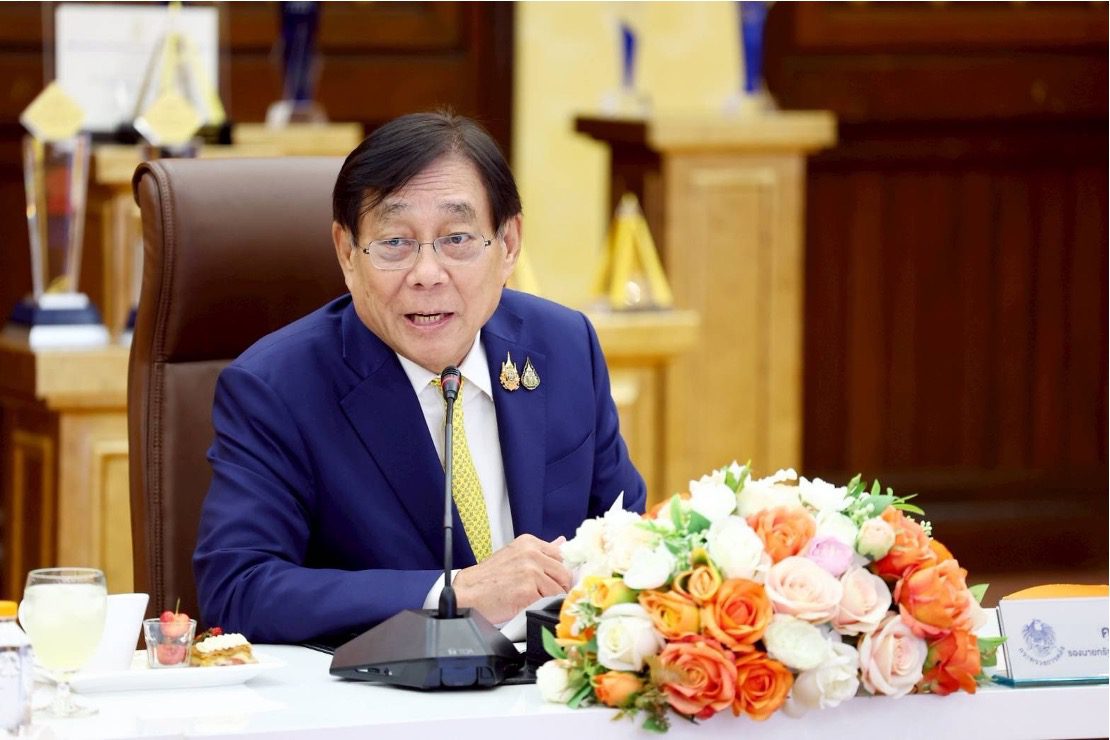
BGA Thailand Managing Director Teerasak “Art” Siripant wrote an update to clients on the latest updates in trade negotiations between Thailand and the United States.
This update is the latest in a series highlighting new developments in Thailand’s trade space following U.S. President Donald Trump’s announcement of “reciprocal tariffs” in early April. BGA tariff trackers provide an analysis of negotiations, new agreements, government and business engagements and policy responses to keep clients abreast of the evolving trade landscape and enable informed, proactive decision-making.
Context
- Bangkok has entered formal tariff negotiations with Washington following U.S. President Donald Trump’s April announcement of reciprocal tariffs. Thailand is facing a 36 percent tariff calculated based on U.S. calculations of trade barriers against U.S. goods. Thai officials are working to deescalate tensions and secure relief before the suspension expires July 8.
- The path to formal talks has not been smooth. Early efforts stalled amid coordination delays and diplomatic sensitivities — particularly over the now-resolved deportation of Uyghurs to China and the arrest (later dropped) of U.S. academic Paul Chambers. Trust had to be rebuilt. Only in late May, after sustained outreach, were formal talks on tariffs secured.
- Thailand has since put forward a five-point proposal and launched a parallel push of business diplomacy — mobilizing corporate champions in food processing, energy and manufacturing. Deputy Prime Minister Pichai Chunhavajira has framed the goal: Thailand’s final tariff outcome must not be worse than that of peer competitors, signaling a competitiveness-driven approach rather than just crisis management.
Significance
- Thailand is navigating a difficult but not unfamiliar position, facing tariff pressure without the cushion of a formal trade deal. The government knows it cannot fully control the terms, especially as Washington moves toward bilateral deals driven by political timing and strategic calculations. Still, Thailand has not entered these negotiations empty-handed.
- Thailand’s early offers to rebalance trade, enforce stricter rules of origin and expand U.S. investment channels reflect more than just damage control; they are part of a deliberate attempt to shape the deal while signaling Thailand’s reliability. Pichai has made clear that Thailand’s goal is to ensure its final tariff line is no worse than that of regional competitors — framing the negotiations not just as damage control but as positioning.
Implications
- If the negotiations succeed, it will likely be because Thailand demonstrated enough strategic alignment with U.S. interests — through increased imports, investment signals and enforcement commitments — not because it had strong leverage. A partial outcome with sectoral exemptions and phased tariff relief is the most realistic path.
- If negotiations fail, structural constraints — not a lack of effort — will be the cause, including no formal trade pact, limited U.S. bandwidth for Thailand and lingering geopolitical concerns. The costs would be not just higher tariffs but weakened investor confidence and harder choices in Thailand’s balancing between major powers.
- BGA views a limited but meaningful deal as still within reach if Thailand stays coordinated, focused and avoids turning the negotiations into a political flashpoint. The next month will be a test of strategy, not just diplomacy.
We will continue to keep you updated on developments in Thailand as they occur. If you have comments or questions, please contact BGA Thailand Managing Director Teerasak “Art” Siripant at tsiripant@bowergroupasia.com.
Best regards,
BGA Thailand Team

Teerasak Siripant
Managing Director
















